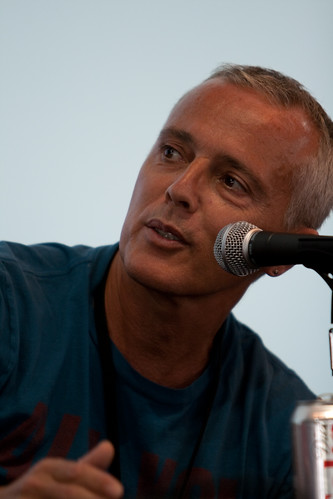
![]() photo credit: marcopako
photo credit: marcopako
Michael Arrington, founder and co-editor of TechCrunch and the world’s fourth-most-powerful blogger, according to Technorati, has released “2010: My fifth Annual List of the Tech Products I Love and Use Every Day.”
According to Arrington:
This is a simple list of the tech products that are an integral part of my day – work or play. Some have withstood the test of time and I just can’t live without. Others are newcomers that have captured my imagination.
I use most of them every day, or nearly every day, and I would not be as productive or happy without all of them. There are now 24 products on the list.
Arrington writes that TechMeme, Skype and WordPress are the only products that have been on his list for all five years. The entire list of products follows:
- Android
- Animoto
- Apple Magic Mouse
- Foursquare, Loopt, and Gowalla
- Gmail
- Hulu
- Kodak Zi8
- MOG, Pandora and Spotify
- Scribd and Docstoc
- Skitch
- TripIt
- WordPress
- Yammer
- YouTube
What tech products do you love and use everyday?





